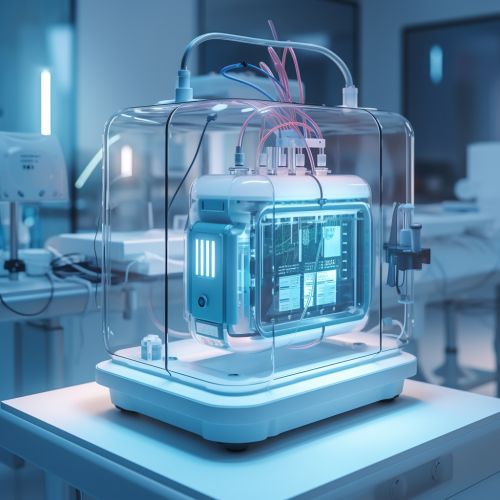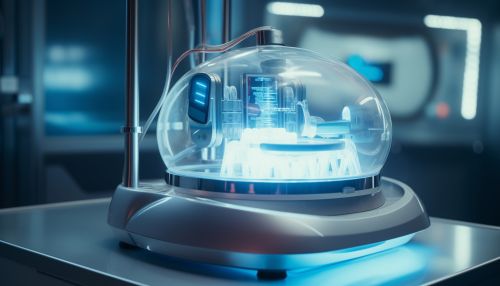Medical Device Safety
Introduction
Medical device safety pertains to the measures and regulations that ensure the safe design, production, and use of medical devices. These devices range from simple tools like thermometers to complex machines such as MRI scanners. The safety of these devices is of paramount importance as they directly impact patient health and treatment outcomes.


Classification of Medical Devices
Medical devices are classified based on their intended use, invasiveness, and potential for harm. The FDA in the United States, for instance, categorizes medical devices into three classes: Class I, Class II, and Class III. Class I devices pose the least potential risk, while Class III devices pose the highest risk. This classification system aids in determining the level of regulatory control necessary to ensure device safety.
Safety Standards and Regulations
Numerous international standards and regulations govern the safety of medical devices. These include the ISO 13485, which specifies requirements for a quality management system for medical devices, and the ISO 14971, which provides a framework for risk management. Regulatory bodies such as the FDA, EMA, and TGA enforce these standards and regulations.
Design and Manufacturing Process
The design and manufacturing process of medical devices must adhere to stringent safety standards. This includes ensuring the biocompatibility of materials, electrical safety, and software reliability. The process also involves rigorous testing, including in vitro and in vivo tests, to verify the safety and effectiveness of the device.
Post-Market Surveillance
Post-market surveillance is a crucial aspect of medical device safety. This involves monitoring the performance of a medical device after it has been approved and is in use. It helps in identifying any adverse events or device malfunctions, which can then be addressed promptly to ensure patient safety.
Risk-Benefit Analysis
A risk-benefit analysis is fundamental to medical device safety. It involves assessing the potential risks and benefits associated with the use of a device. The aim is to ensure that the benefits outweigh the risks, thereby justifying the use of the device in patient care.
Patient Safety
Patient safety is the ultimate goal of all medical device safety measures. This involves ensuring that devices are used correctly and effectively in patient care. It also includes educating patients and healthcare providers about the correct use and potential risks associated with the device.
Conclusion
Medical device safety is a critical aspect of healthcare, ensuring the safe and effective use of medical devices. It involves a comprehensive approach, from the design and manufacturing process to post-market surveillance and risk-benefit analysis. By adhering to stringent safety standards and regulations, we can ensure the safety and well-being of patients.
